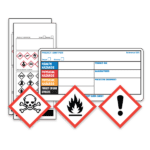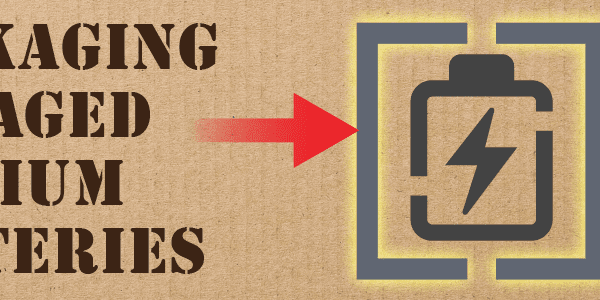The Black American Who Invented the Smoke Hood
The history of chemical safety has some tragedies, twists, villains and heroes that we rarely hear about. One of those heroes is Garrett Morgan, inventor of the smoke hood. And he didn’t just invent it, he used it himself to save lives! Oh, and he also created the modern concept of the traffic signal as well.
Garrett Morgan’s Early Life
Morgan was born in 1877, the child of former slaves. He had a talent for learning, and although he only received a sixth-grade education before he had to take full-time work, he was ambitious and spent what spare money he could scrape up on a tutor. He also had a talent for mechanical things. One of his early jobs was as a sewing machine repairman for a clothing manufacturer, but he soon was inventing devices to improve their function. One was an attachment that allowed the user to make zigzag stitches long before that became a standard for such machines.
Morgan’s interest in inventions seemed limitless, and he worked on everything from mechanical devices to hair oil. He received his first patent in 1912, but his biggest contribution to safety was his 1914 patent for a smoke hood, an early form of respirator he developed for firefighters. He was inspired by the loss of life in the horrific Triangle Shirtwaist Factory Fire in 1911, where nearly 200 people, mostly poor immigrant women, died.
He began selling his respirators under the company name National Safety Device Company. While it was not the only respirator on the market, it was noted “[h]is safety hood device was simple and effective, whereas the other devices in use at the time were generally difficult to put on, excessively complex, unreliable, or ineffective.” They were so effective that a modified design was used by the U.S. Army in World War One.
The Lake Erie Tunnel Explosion
His invention became nationally known, along with Morgan’s name, in 1916. An explosion in an off-shore tunnel in the Cleveland water system had trapped dozens of workers. The explosion had created a toxic atmosphere that not only overwhelmed the survivors of the initial explosion, but the rescue crew sent in to find them. But one of the people involved had a sudden idea.
“Morgan was roused in the middle of the night after one of the members of the rescue team who had seen a demonstration of his device sent a messenger to convince him to come and to bring as many of his hoods as he could. He arrived on the scene still wearing his pajamas, and brought his brother Frank and four of the hoods with him. Most of the rescuers on the scene were initially skeptical of his device, so he and his brother went into the tunnel along with two other volunteers and succeeded in pulling out two men from the previous rescue attempts. He emerged carrying a victim on his back, and his brother followed just behind with another. Others joined in after his team succeeded, and rescued several more.” (Wikipedia, https://en.wikipedia.org/wiki/Garrett_Morgan)
A total of eight of the previous rescue team were themselves pulled alive from the catastrophe. Although the death toll from the accident was high, many men owed their lives that night not just to Morgan’s ingenuity, but his incredible personal bravery and concern for others.
Unfortunately, as one might expect at the time, Morgan didn’t receive the credit for the spectacular rescue, while those who had done and risked less were praised. His granddaughter Sandra Morgan quotes a letter he wrote to the Mayor of Cleveland complaining “I am not a well-educated man; however, I have a Ph.D. from the school of hard knocks and cruel treatment.”
Garrett Morgan and Traffic Lights
Sadly, although the respirator kept Morgan and his rescue team alive, it was still a crude design and Morgan’s health suffered from the effects of toxic gases for the rest of his life. But not so much that it kept him, by the 1920s, from becoming the proud owner and driver of that new-fangled craze, an automobile.
Always safety-minded, Morgan was horrified one day to witness a horrific accident between a car and a horse-drawn cart. While crude traffic signals did exist, Morgan came up with the idea for what we would now call an amber or yellow light – an “all hold” that would make traffic stop in all directions for a period to allow the intersection to clear before traffic could proceed in a new direction. So, the next time you make it through an intersection safely on a yellow light, thank Garrett Morgan.
Do you have any questions about workplace safety? Our team of experts is just a call away for our customers at 855.734.5469 or send us an email, we’re happy to help.
Stay up to date and sign up for our newsletter!
We have all the products, services and training you need to ensure your staff is properly trained and informed.
 Safety Data Sheet (SDS) Services |
 GHS Labels |
 GHS within WHMIS Training Course |
References:
Wikipedia, Garrett Morgan
Ohio History Connection, Garrett A. Morgan
Leo Deluca, Scientific American, “Black Inventor Garrett Morgan Saved Countless Lives with Gas Mask and Improved Traffic Lights”
Matt Blitz, Popular Mechanics, “The Untold Story of the Man Who Called Himself the ‘Black Edison’”






